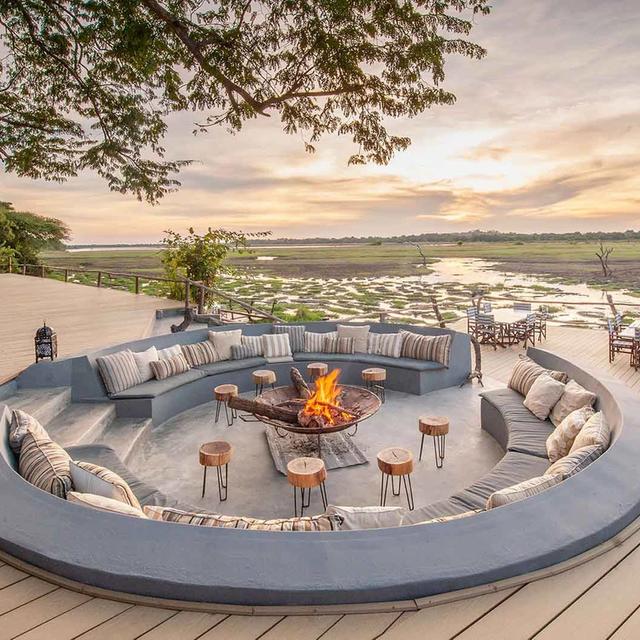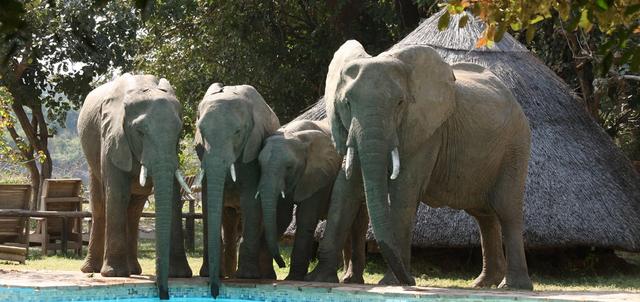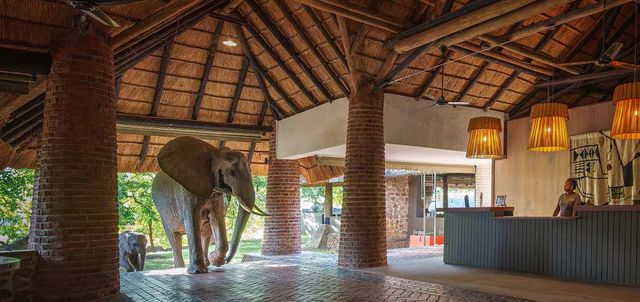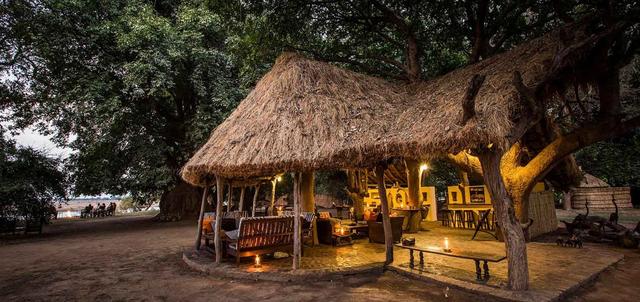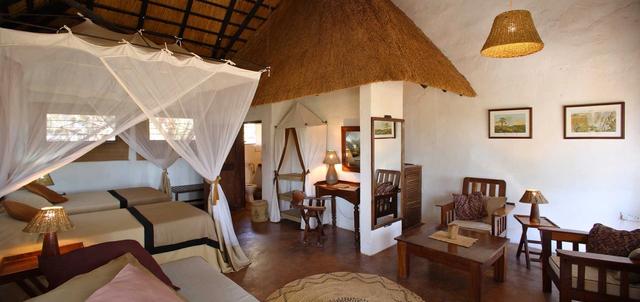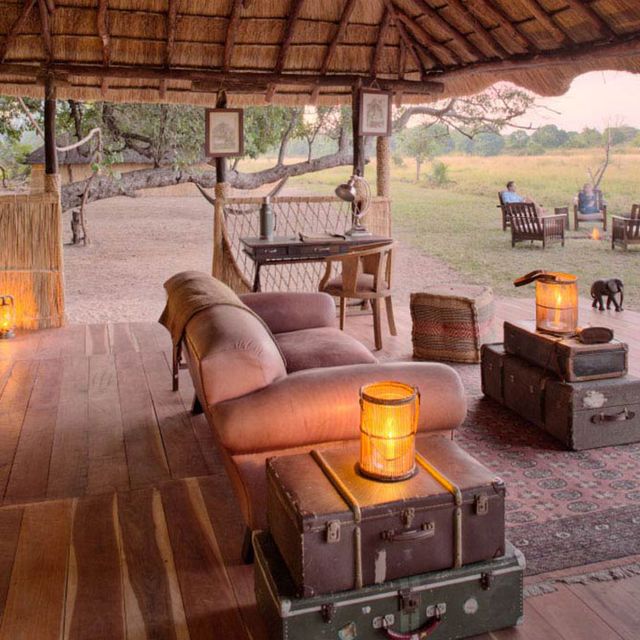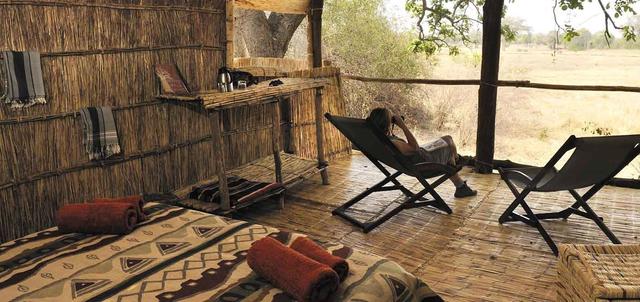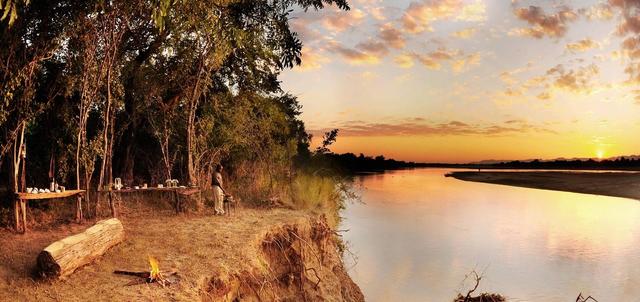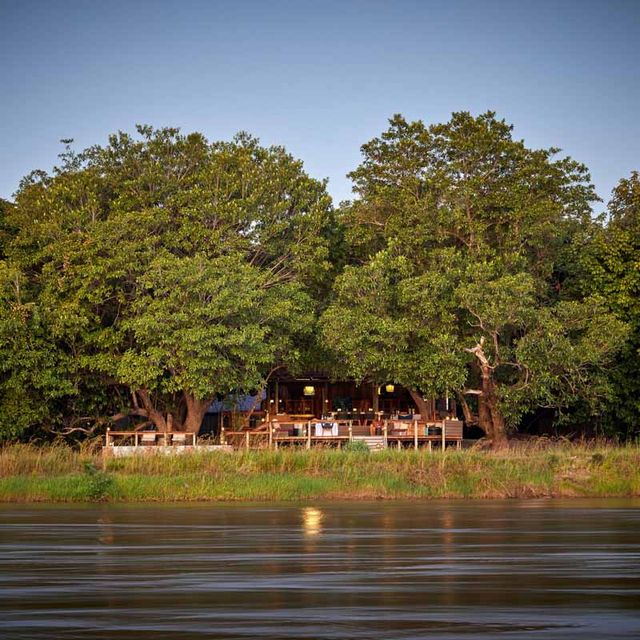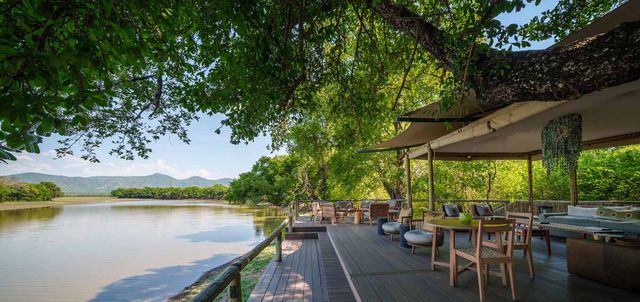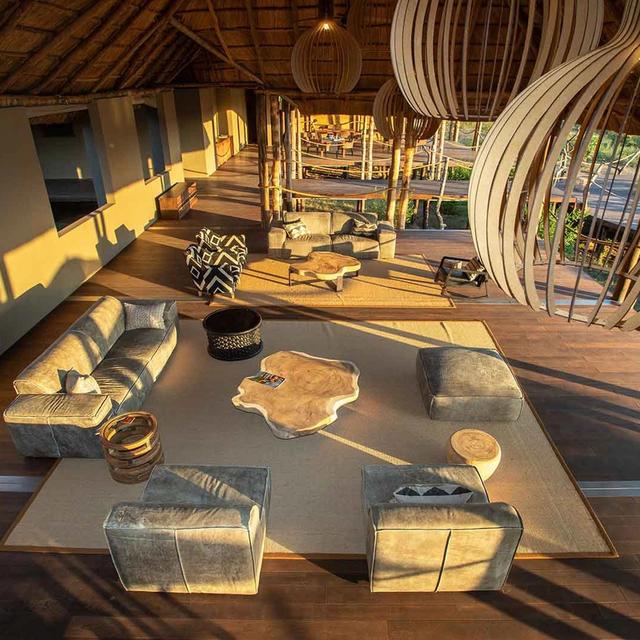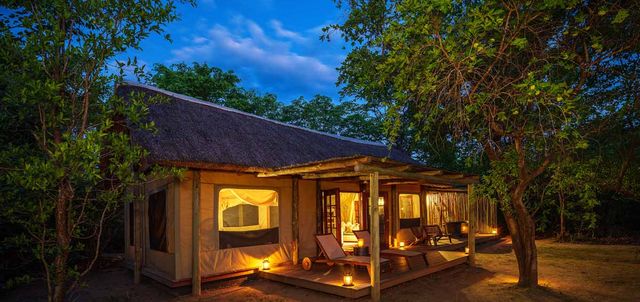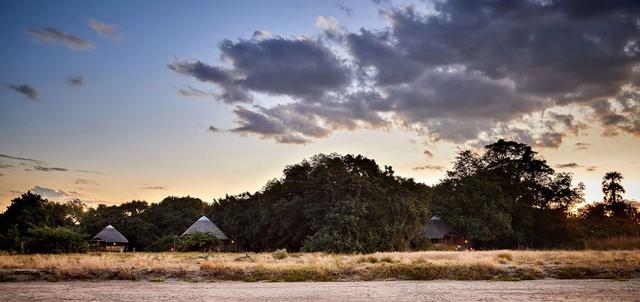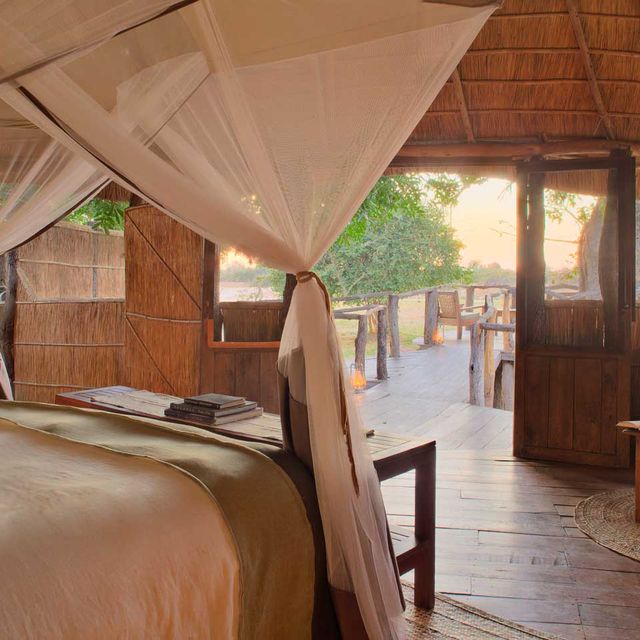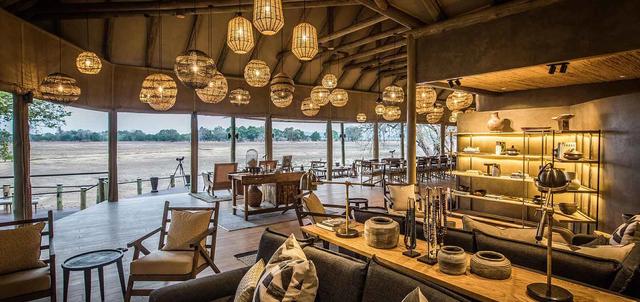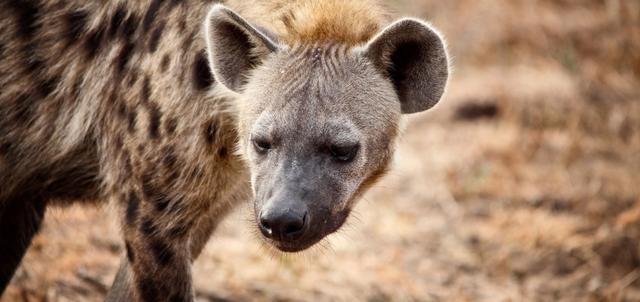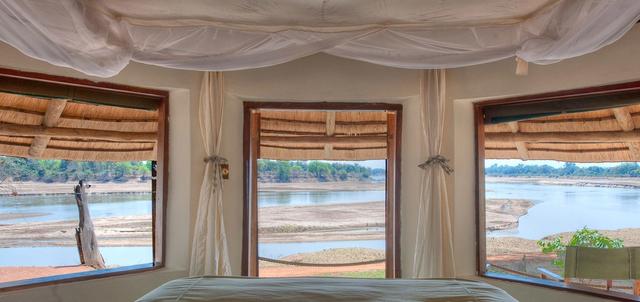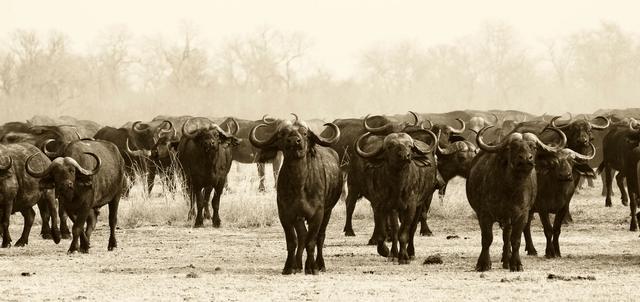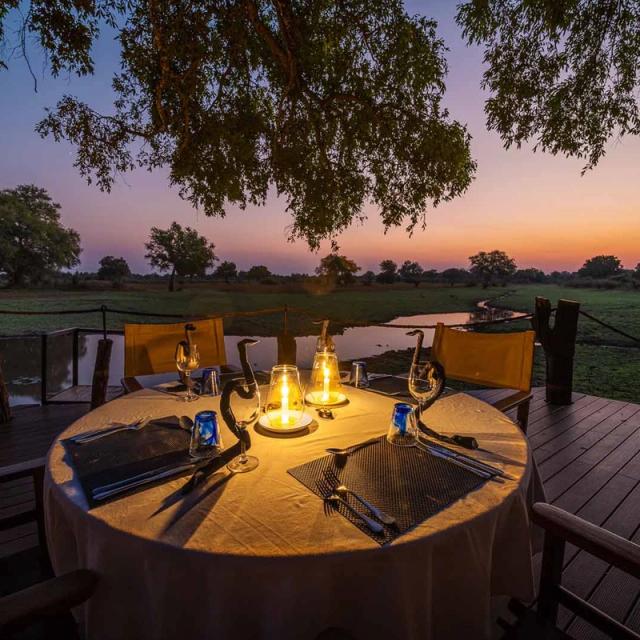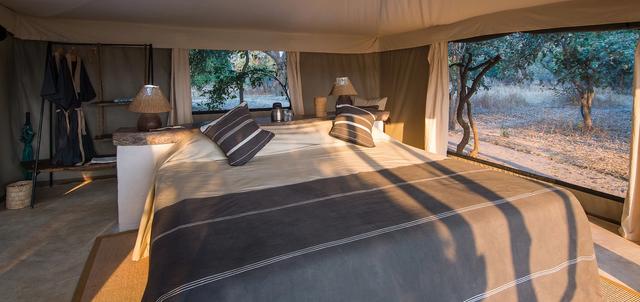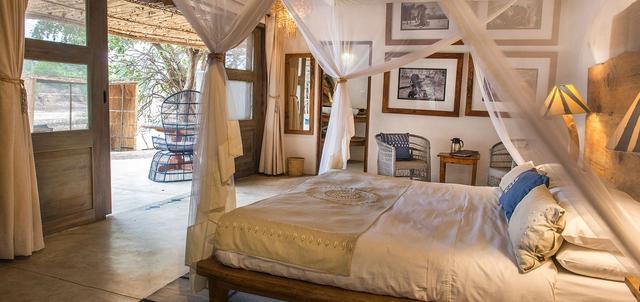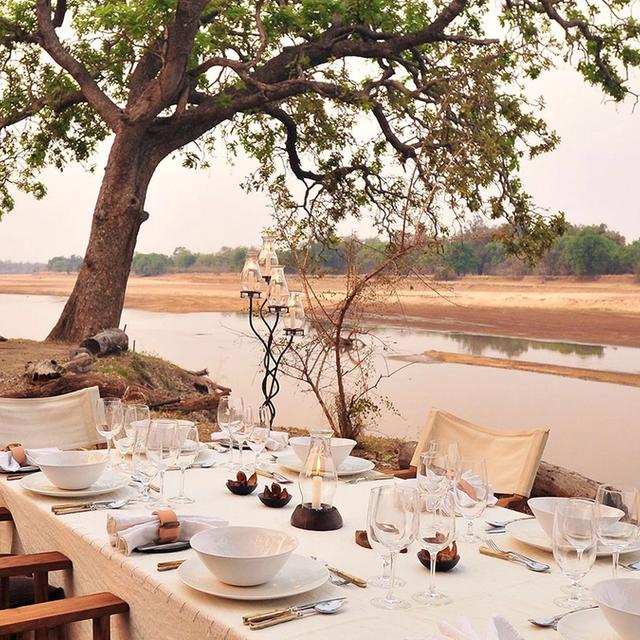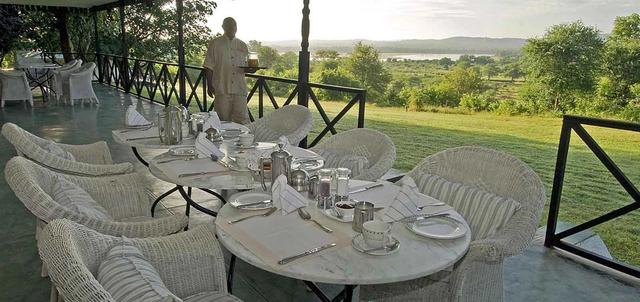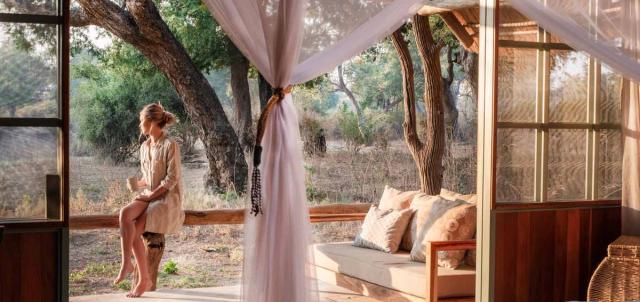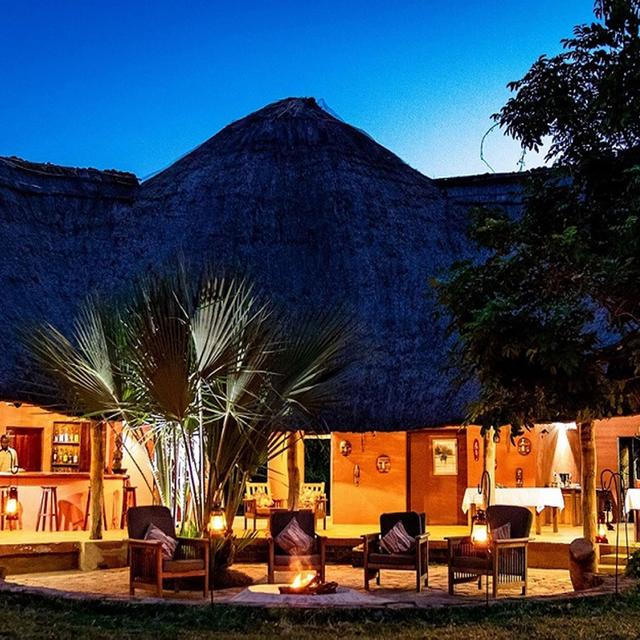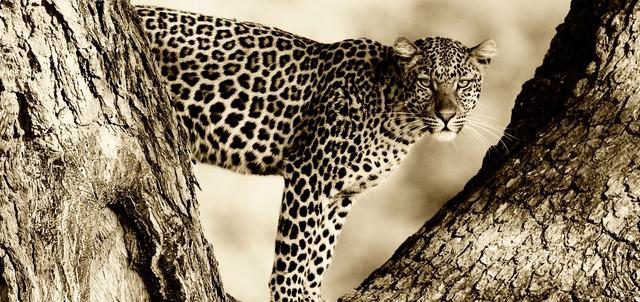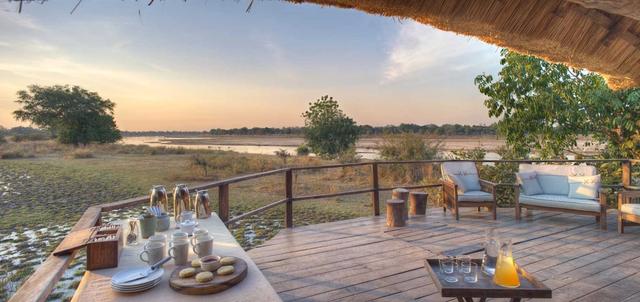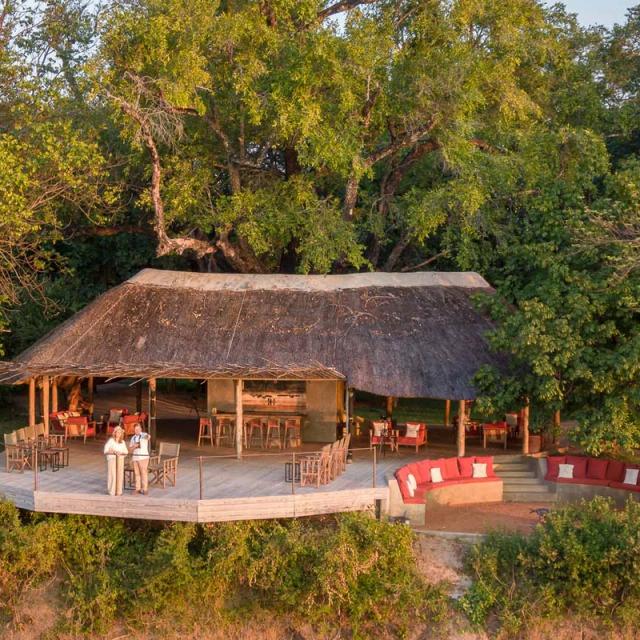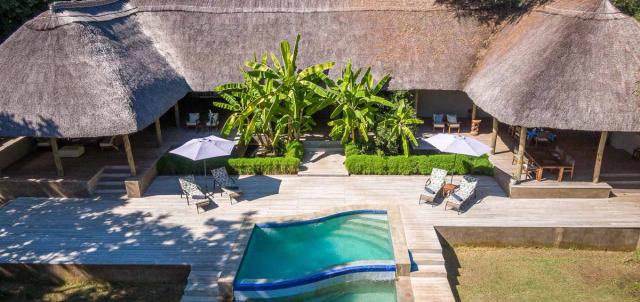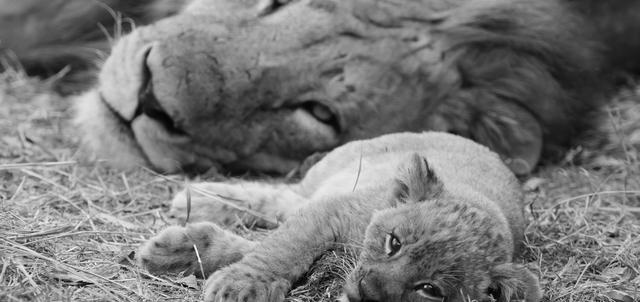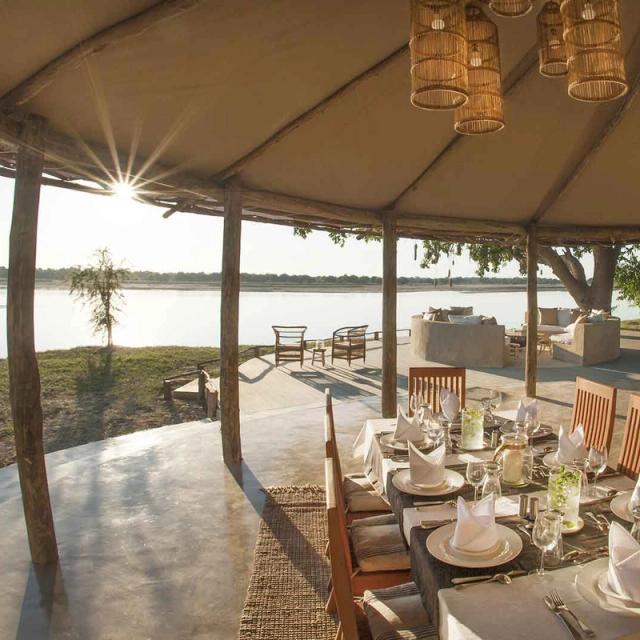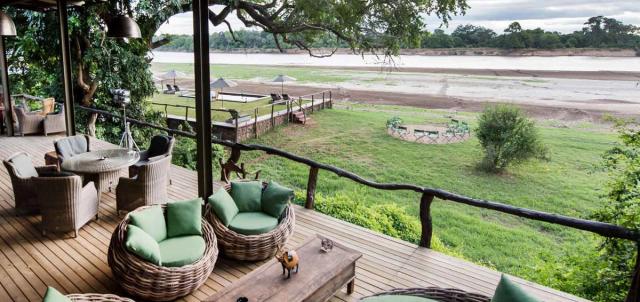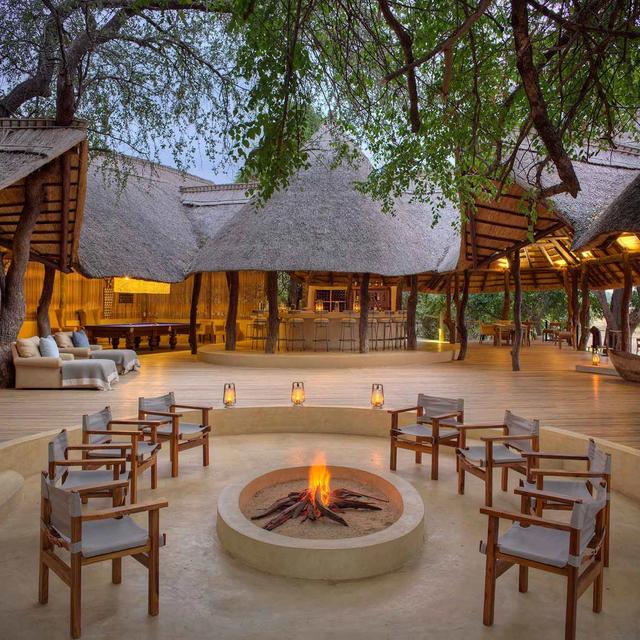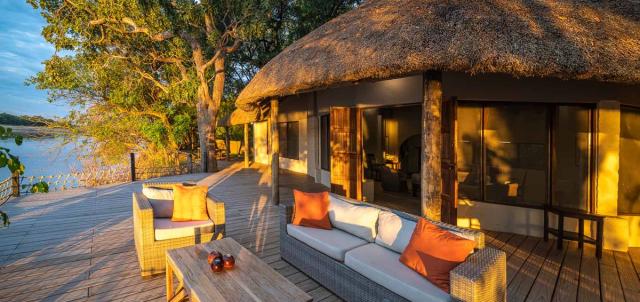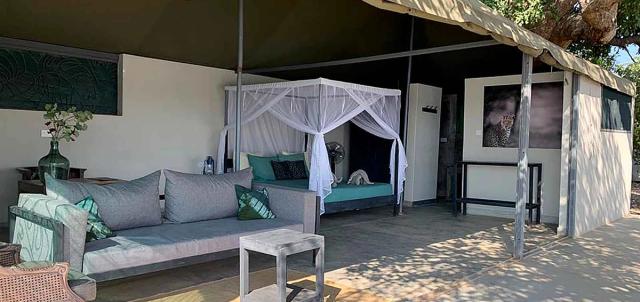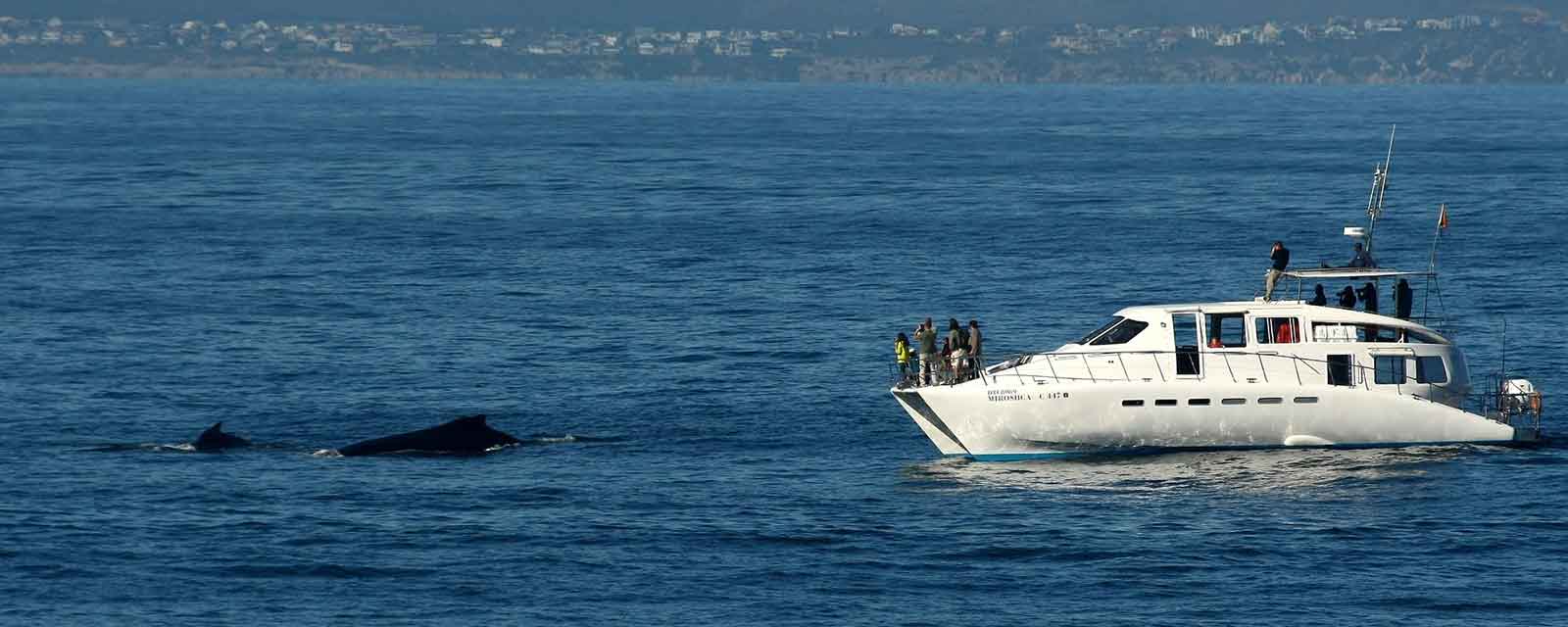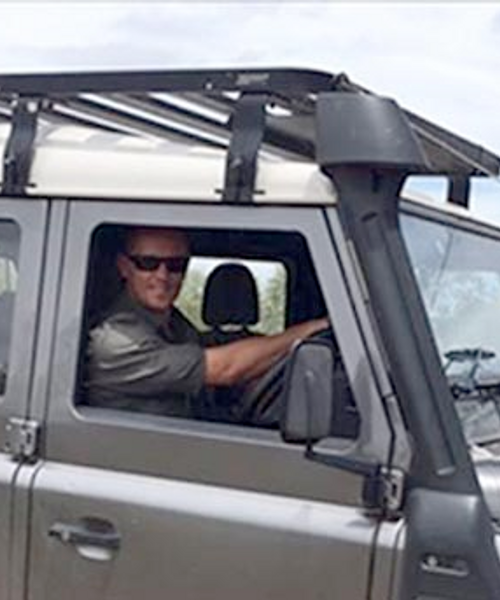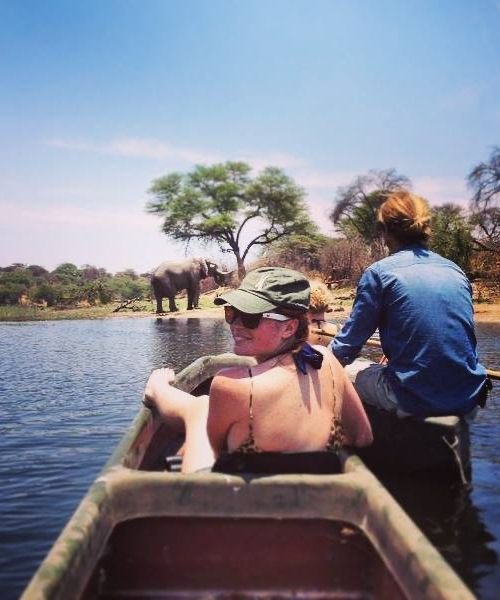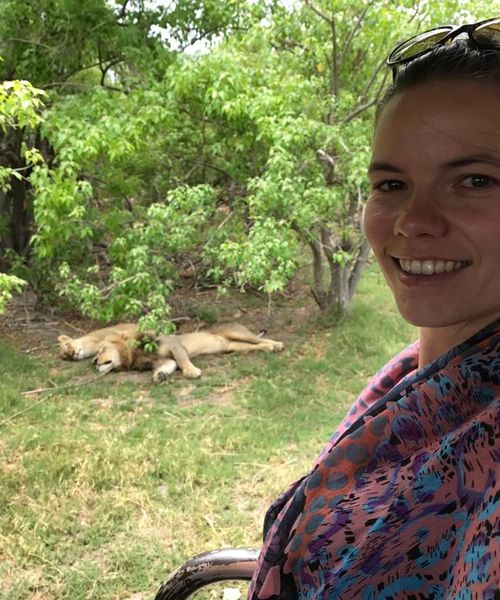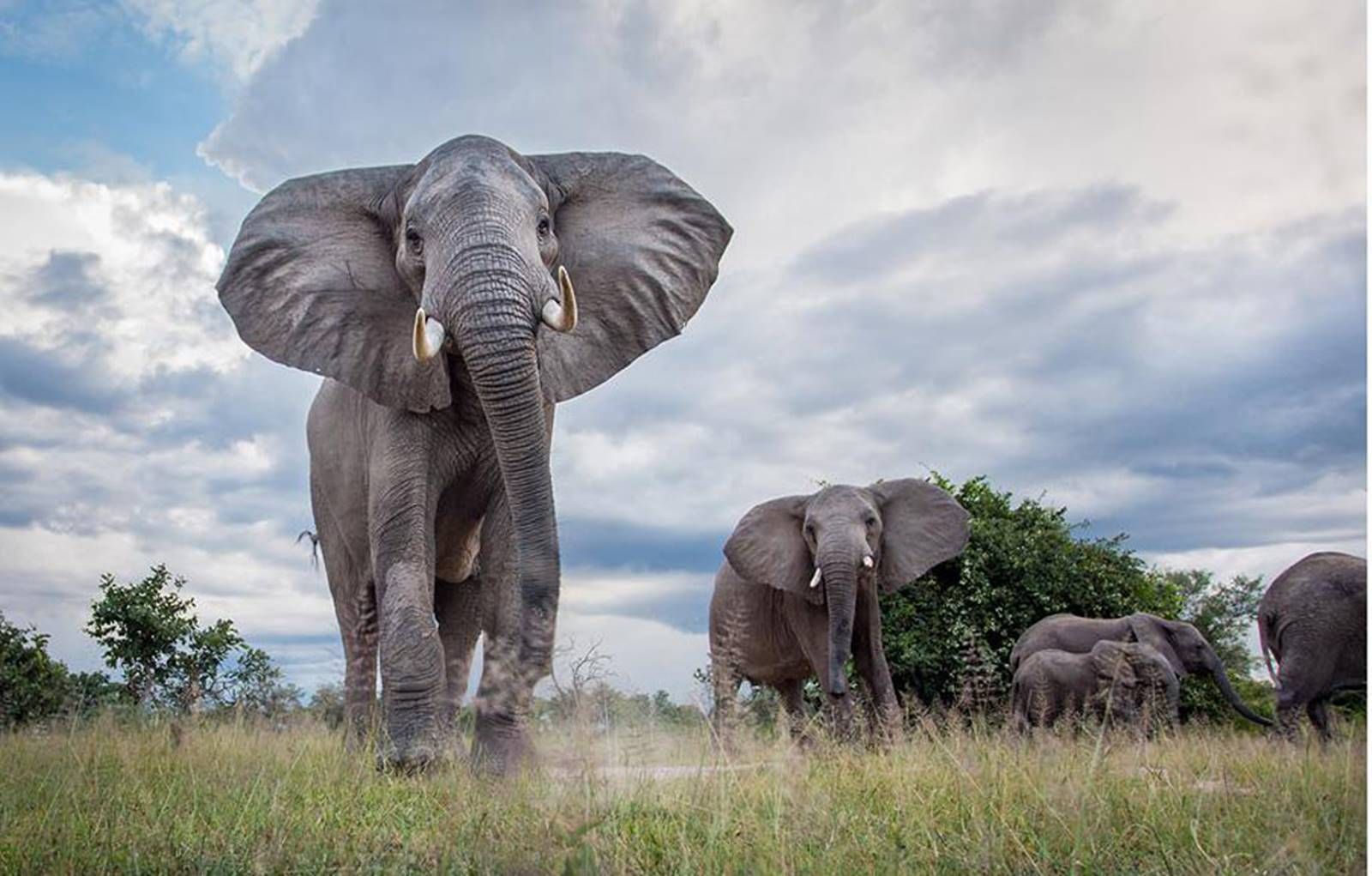
South Luangwa National Park
The countryside in the Luangwa Valley is truly spectacular. The vegetation is thick and a lush riverine forest occurs, which is green all year round. The concentration of animals around the Luangwa River is among the most intense in Africa.
South Luangwa National Park Highlights
South Luangwa National Park is almost 10 000 sq km in size; situated at the southern end of the Great Rift Valley in Zambia. The South Luangwa National Park is untamed and isolated and renowned for its abundance of wildlife.
The park is divided by the magnificent Luangwa River running from North to South providing the lifeline to the area. The Luangwa River is the most integral river system in Africa and is the life blood of the South Luangwa National Park. Zambia and particularly the Luangwa Valley are famous for offering incredible walking safaris as well as night game drives.
There are several lodges that remain open all year in the central area of the park, while others have to close their doors during the heavy rains. Recently bush camps have opened particularly to enjoy the Emerald Season, offering visitors an entirely new perspective.
South Luangwa is a world-renowned wildlife haven. It supports large populations of Thornicroft's giraffe, and herds of elephant and buffalo often several hundred strong, while the Luangwa River supports an abundance of crocodile and hippo.
This luscious National Park is one of the best-known areas in Africa for walking safaris, as guests are introduced to the environment on foot, having eye-opening and exciting encounters.
The Luangwa River is the most intact major river system in Africa and is the life blood of the entirety of the park, which is just short of 10 000 sq km.
The changing seasons add to the park’s varying appeal, as the climate brings about a very wet summer, or Emerald Season, before giving way to a dry, bare bushveld in the winter.
Chindeni Tented Camp offers a superb location alongside a permanent lagoon with the picturesque Nchendeni Hills in the background. It has fantastic wildlife viewing and luxurious accommodation catering for only 8 guests.
Chamilandu Camp has a spectacular river setting in the Luangwa Valley. It offers comfort, style and magnificent views of the surrounding area, while the lagoons attract an abundance of wildlife and birdlife providing a fantastic safari experience
The area around Kafunta River Lodge is famous for leopard and lion viewing, as well as the highest density of hippos and crocodiles in the river.
At Mfuwe Lodge , guests are accommodated in luxury, and in November, may witness the local elephants wander right through the lobby, lured by a nearby wild mango tree.
How to Get There
Guests visiting South Luangwa National Park will have their flights and road transfers booked and arranged by Sun Safaris. The closest airport is just outside the entrance of the park, near the town of Mfuwe.
Sun Safaris will fly guests into Zambia at either Livingstone International Airport (located near Victoria Falls) or at Lusaka, and then connect with a flight to Mfuwe airport. The closure of many lodges during the wet Emerald Season means that flights to Mfuwe are less regular.
From Mfuwe airport, guests will be picked up and transferred by road to their booked accommodation.
South Luangwa Game Viewing and Activities
The South Luangwa National Park has enormous concentrations of big game and fantastic birding with 450 species. A highlight for bird-watchers is the hundreds of brightly coloured carmine bee-eaters nesting in the sandy banks of the river. The Thornicroft's Giraffe is unique to Luangwa Valley as is Cookson's wildebeest.
Hyenas are fairly common throughout the valley and can be heard most nights. South Luangwa National Park also has a good population of leopard, however they are very elusive. Lions are plentiful and often roam in prides of up to thirty. Other carnivores present but not often seen include caracal, wild dog, serval and side-striped jackal.
The Luangwa River also has a high number of hippo and crocodile. Night drives are exciting and many nocturnal species may be seen, like genets, civets, and bushbabies as well as owls, nightjars, the foraging hippos, honey badgers and lion.
